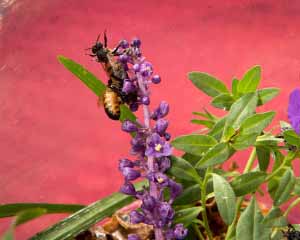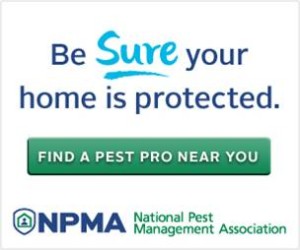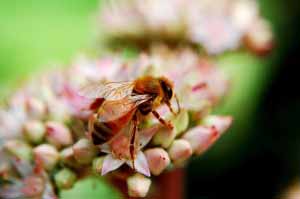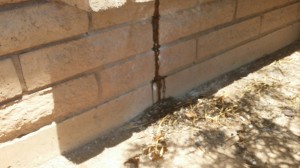Stored product pest include such pests as Beetle, Moths and Weevils. Another pests that deserves a distinction of menace also includes rodents like mice and rats. I really like the idea of using glass bottles to store products away from the pests that might try to get to them. You get the benefit of reducing pests and you can see what the product is. One additional idea is to take a grocery item and immediately freeze it and then store it in an see through container.
Just another great idea that incorporates IPM or Integrated Pest Management.










